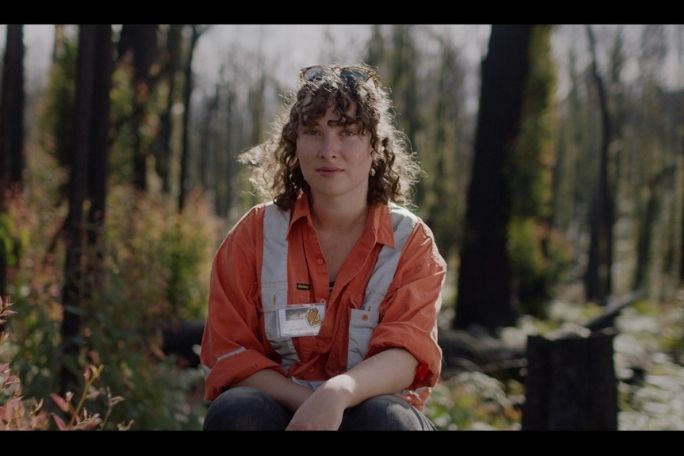Lesson summary
Students examine what a good leader in emergencies looks like. They have the opportunity to confirm or debunk their predictions when meeting such a member of the community.
Learning intentions:
Students will...
- learn which skills and traits are required of an individual in order to be a useful and resilient leader in an emergency.
Success criteria:
Students can...
- choose and justify materials and features for a design addressing the needs of an identified user
- critically evaluate and reflect on their work
- compile a list of traits and skills they associate with leaders
- interview a leader.
Lesson guides and printables
Curriculum links
Select your curriculum from the options below.
Lesson details
Curriculum mapping
Australian Curriculum content descriptions:
Year 6 Geography:
- Develop appropriate questions to guide an inquiry about people, events, developments, places, systems and challenges (ACHASSI122)
- Locate and collect relevant information and data from primary sources and secondary sources (ACHASSI123)
- The contribution of individuals and groups to the development of Australian society since Federation (ACHASSK137)
Relevant parts of Year 6 Geography achievement standards: Students explain the significance of an event/development, an individual and/or group. Students develop appropriate questions to frame an investigation. They locate and collect useful data and information from primary and secondary sources.
Syllabus outcomes: GE3-4.
General capabilities: Critical and Creative Thinking, Personal and Social Capability.
Level of teacher scaffolding: Medium – facilitate class discussion and scaffold work for some students
Resources required
- Device capable of presenting a video to the class
- Individual writing materials
Skills
This lesson is designed to build students’ competencies in the following skills:
- Communication
- Community engagement
- Leadership
- Social skills
Additional info
We encourage you to undertake the free PD Course How to teach a unit on fire and flood resilience for tips on how to best deliver this lesson.
If you’re concerned about the challenging nature of these topics, consider the free PD Course How to approach trauma in the classroom for information on how best to support your students.


Welcome back!
Don't have an account yet?
Log in with:
Create your free Cool.org account.
Many of our resources are free, with an option to upgrade to Cool+ for premium content.
Already have an account?
Sign up with:
By signing up you accept Cool.org's Terms and Conditions(Opens in new tab) and Privacy Policy(Opens in new tab).